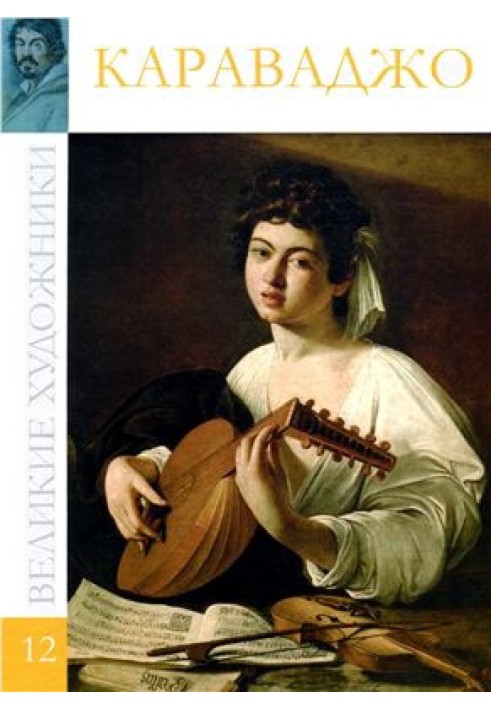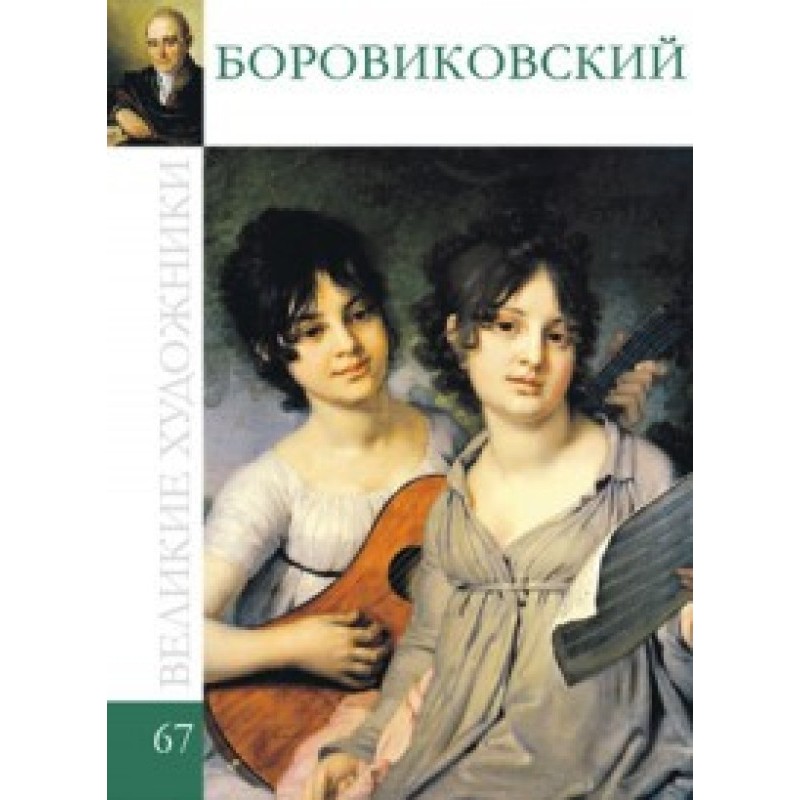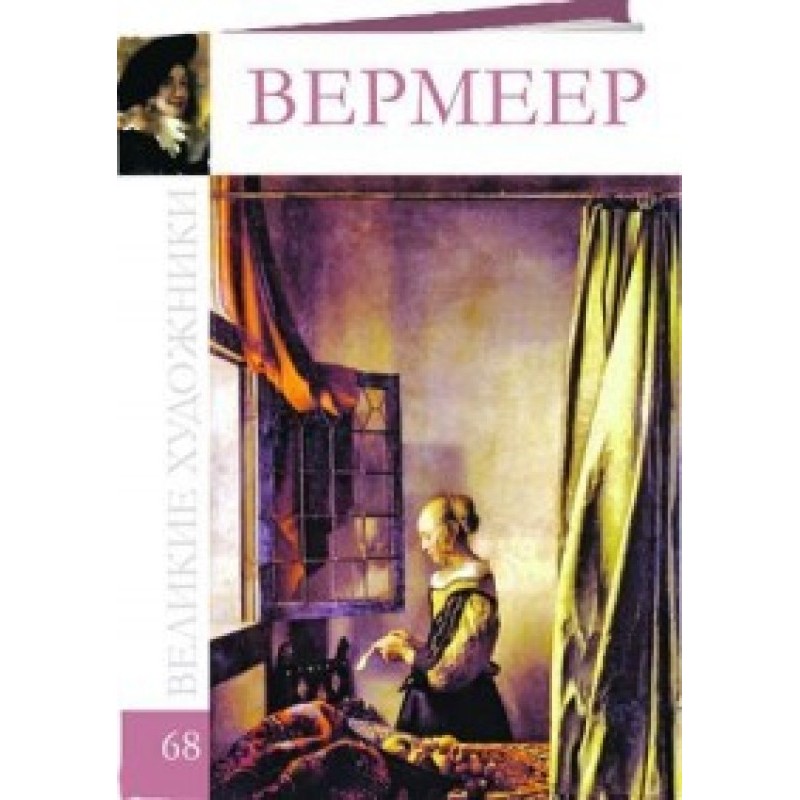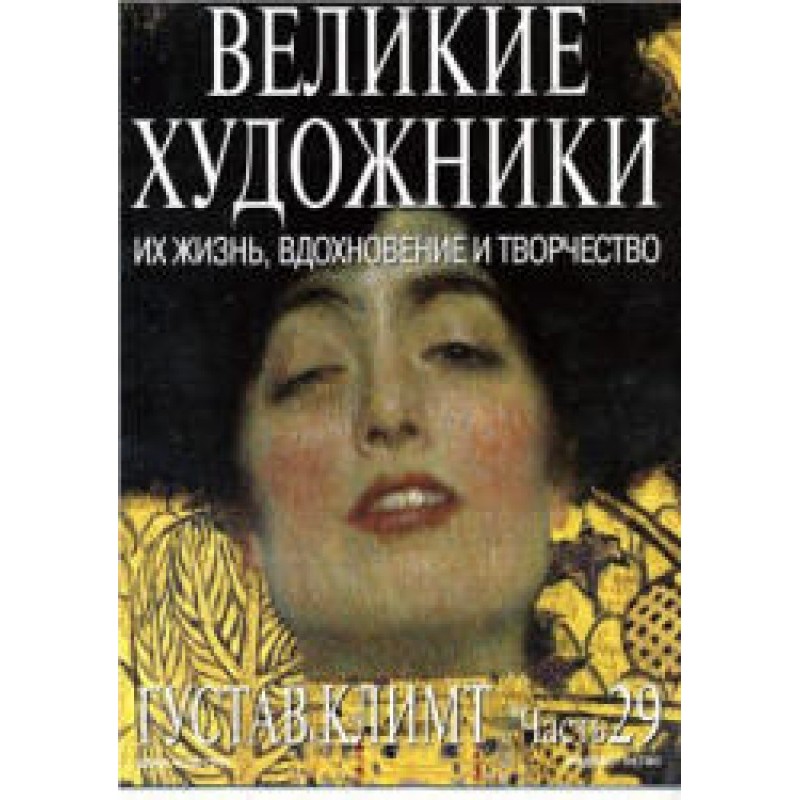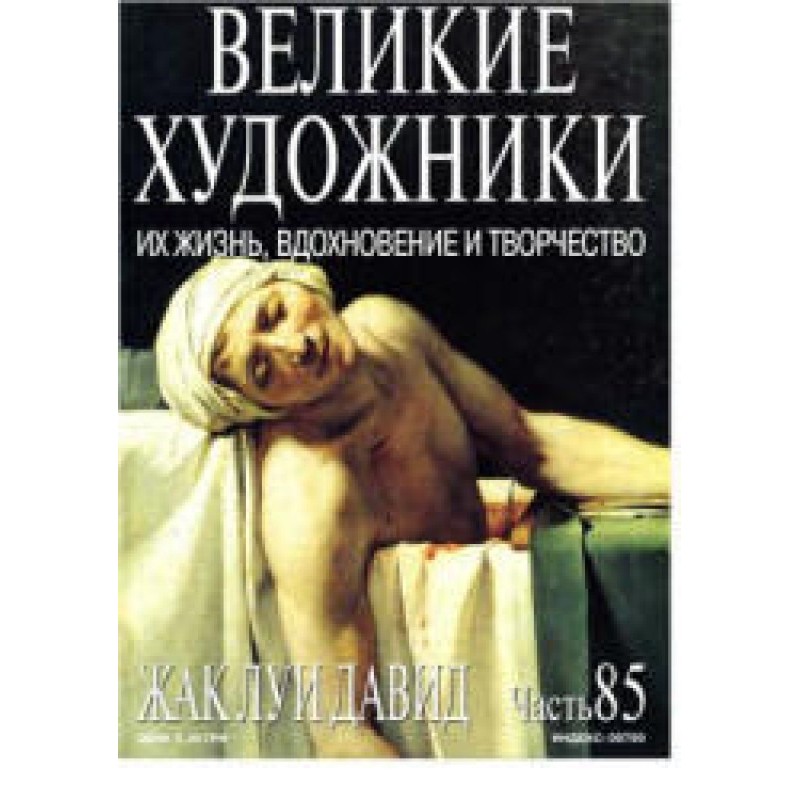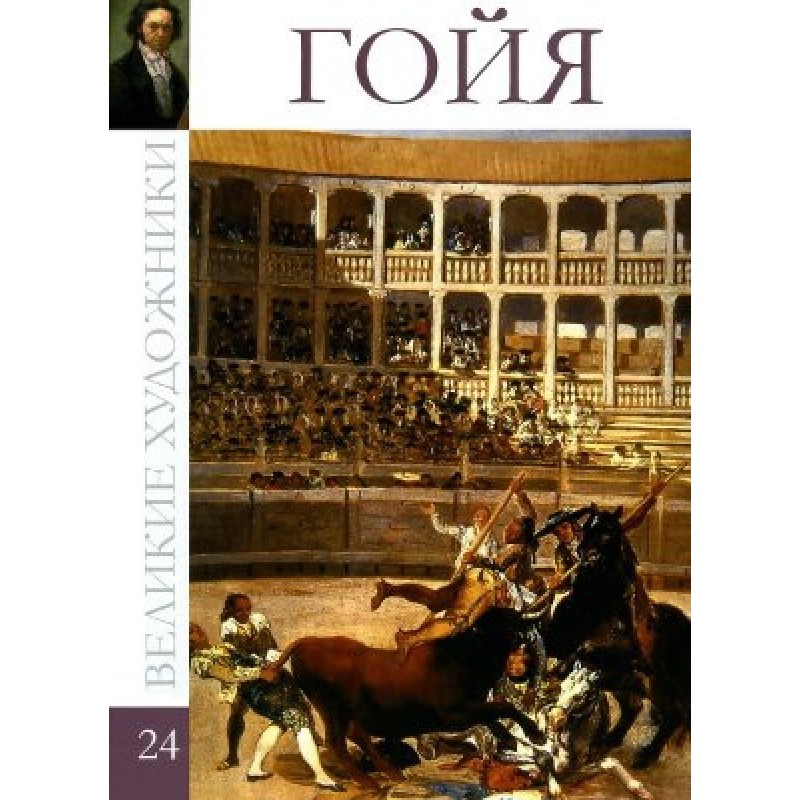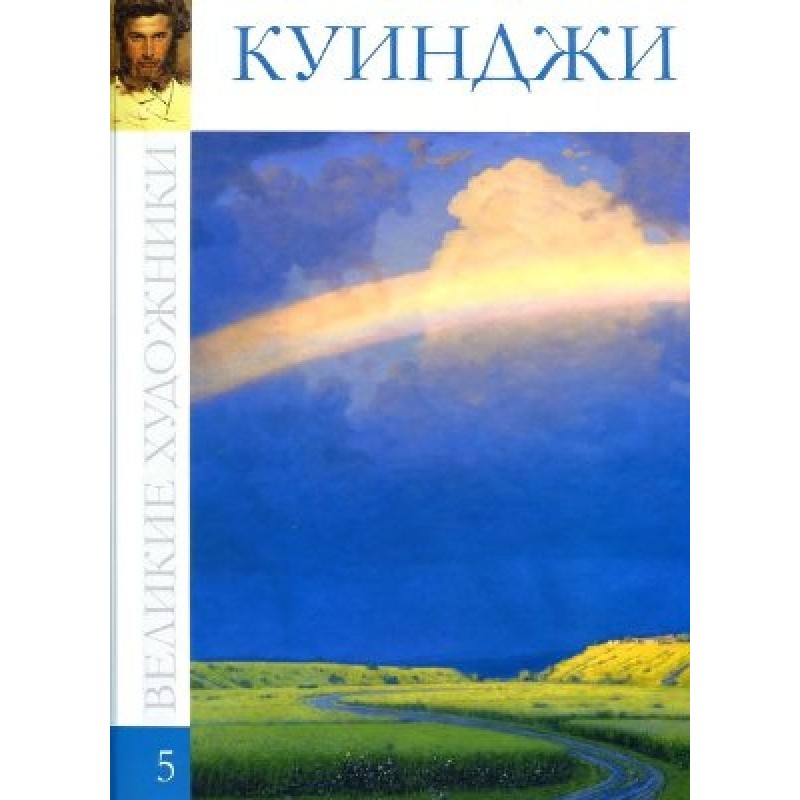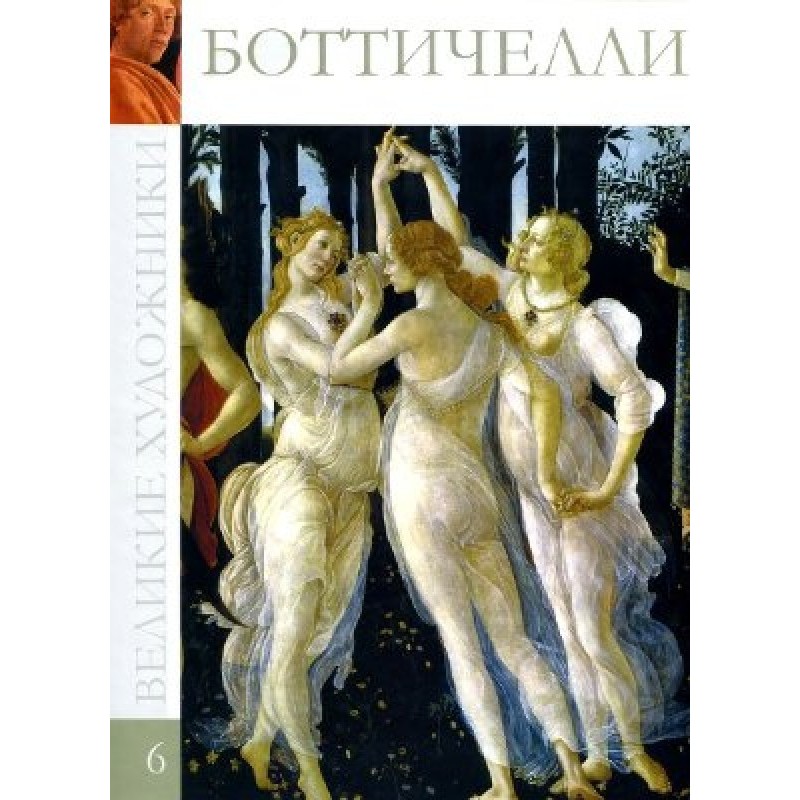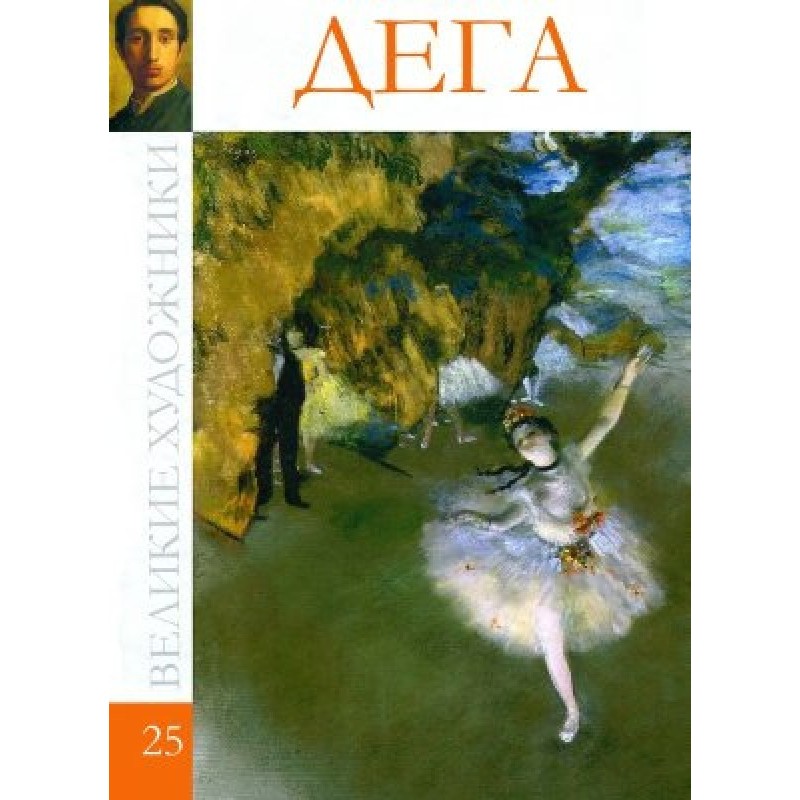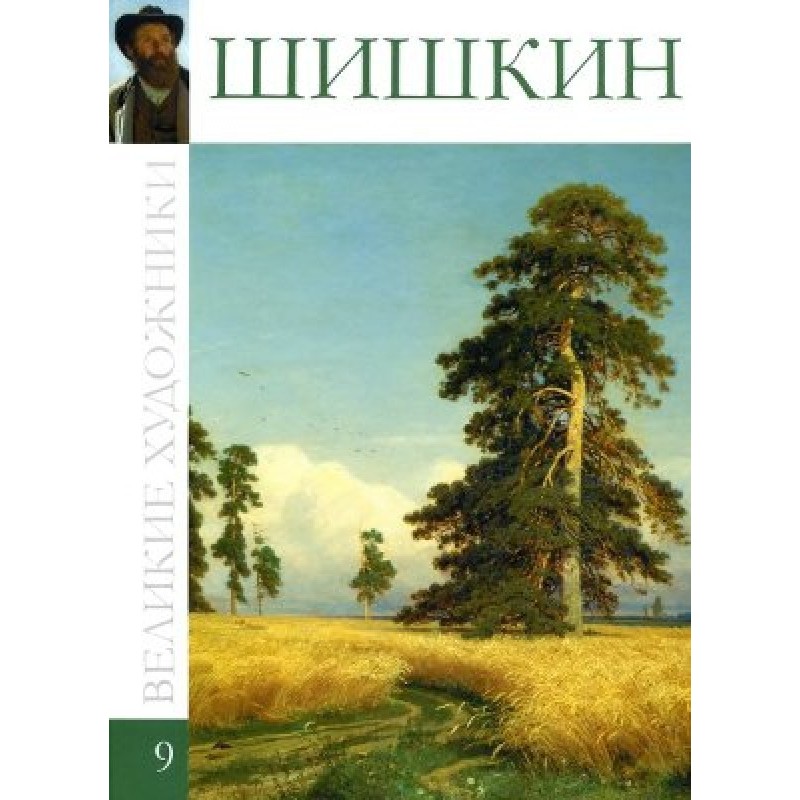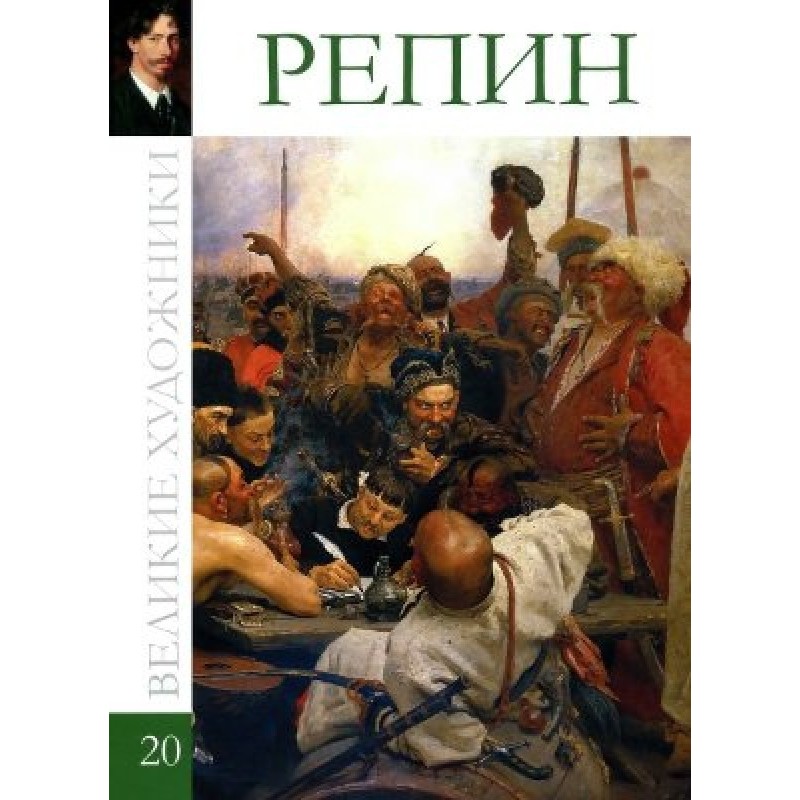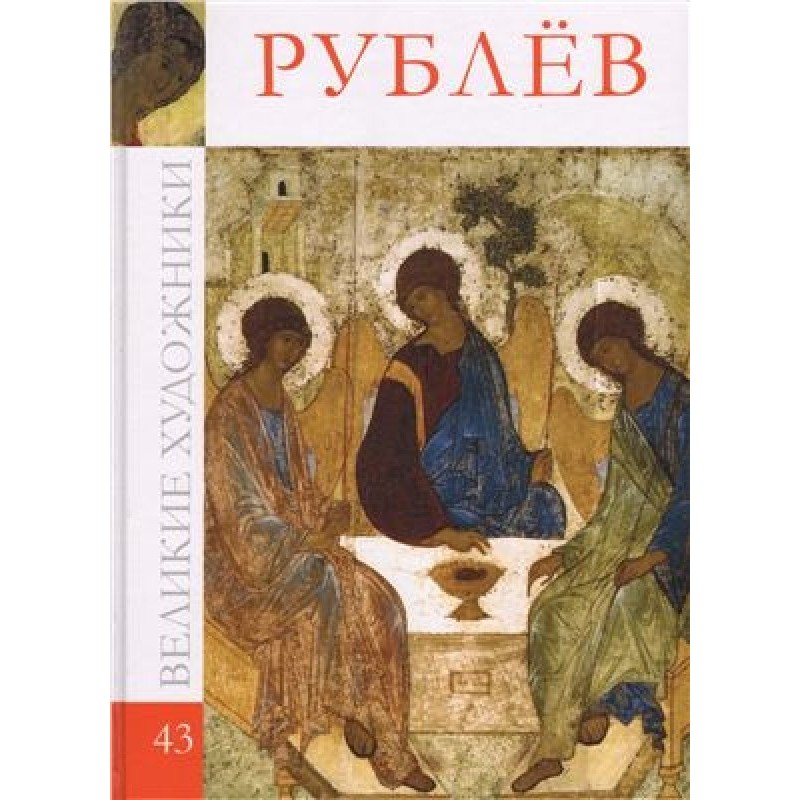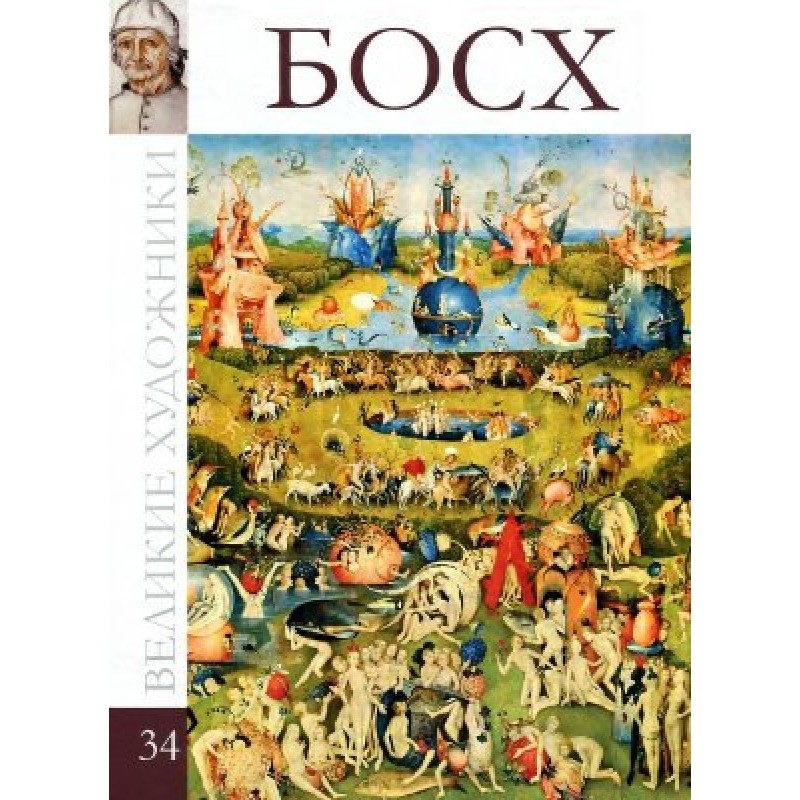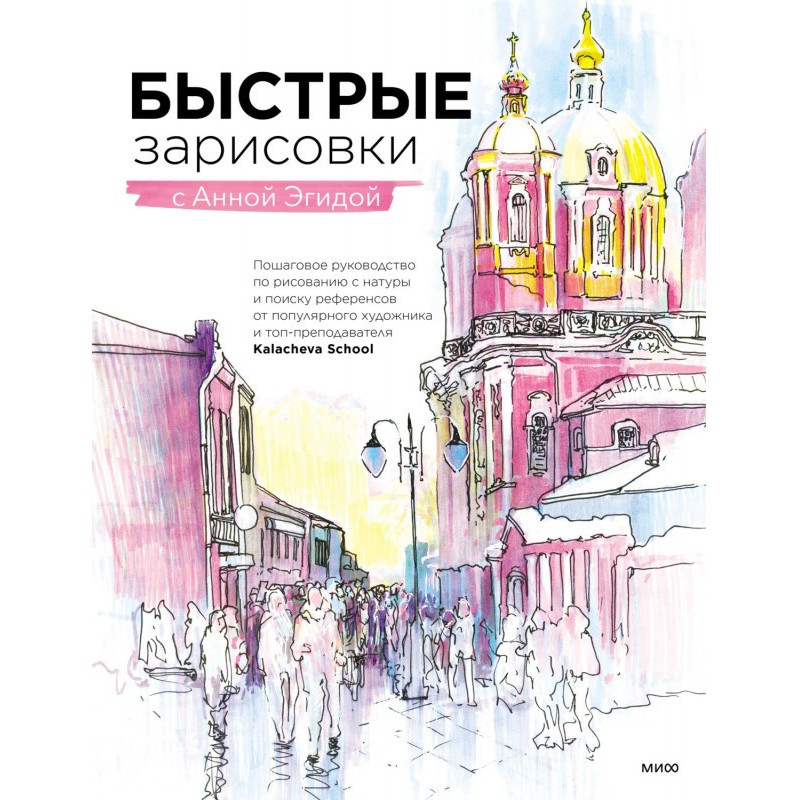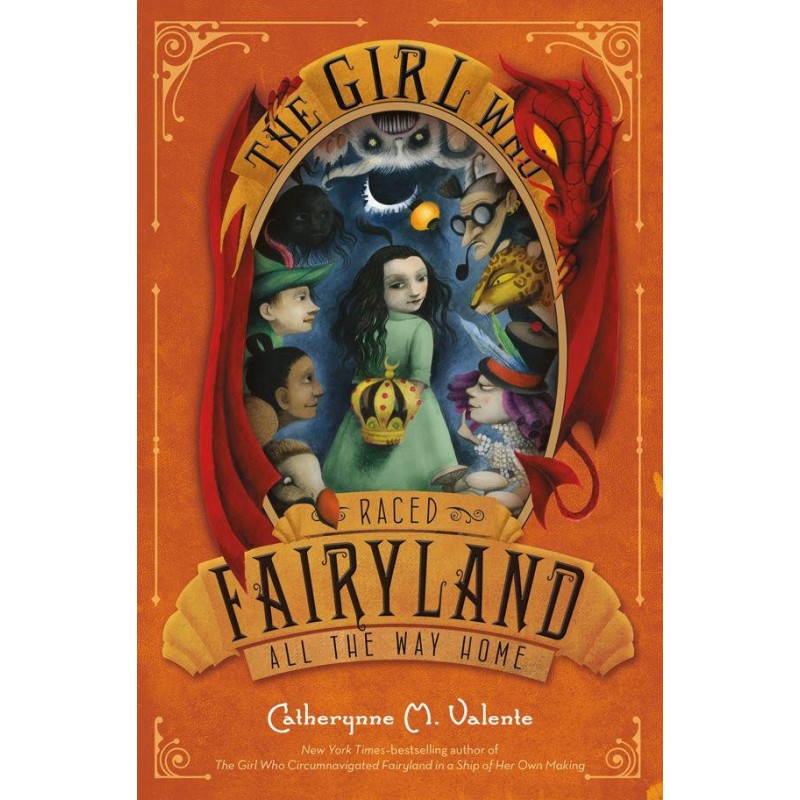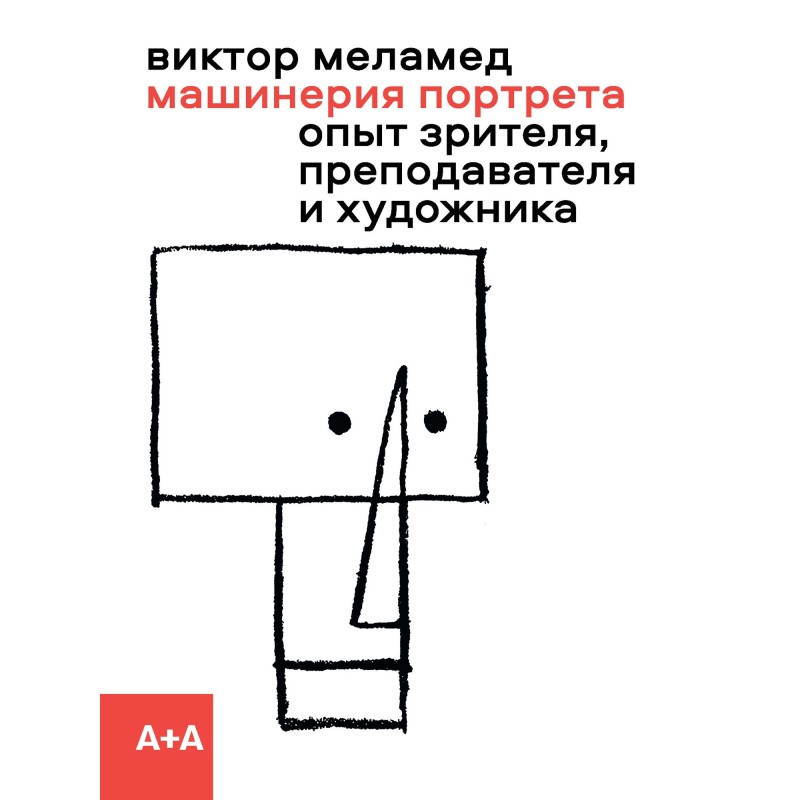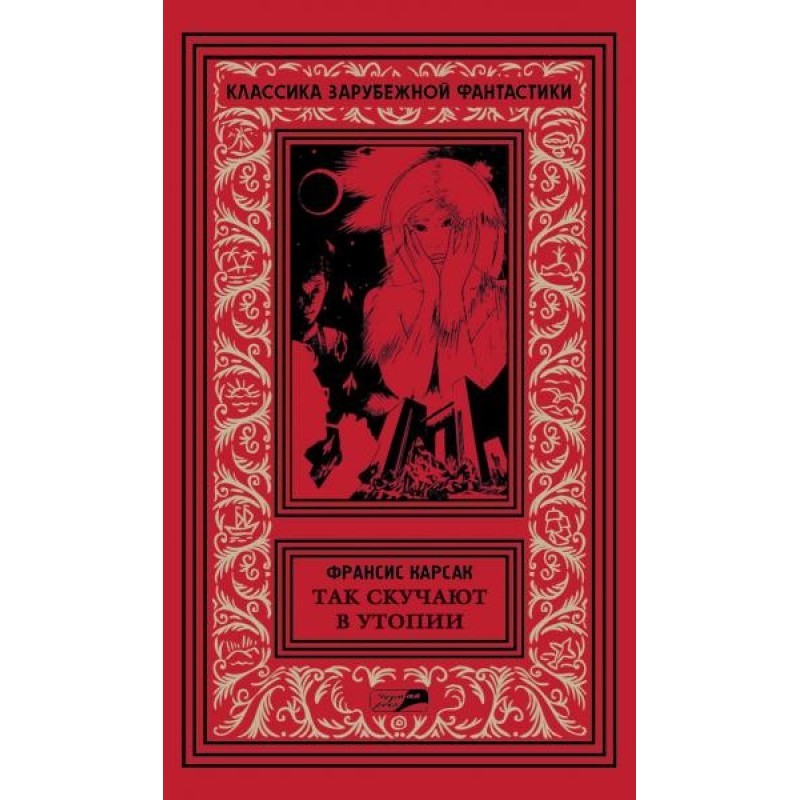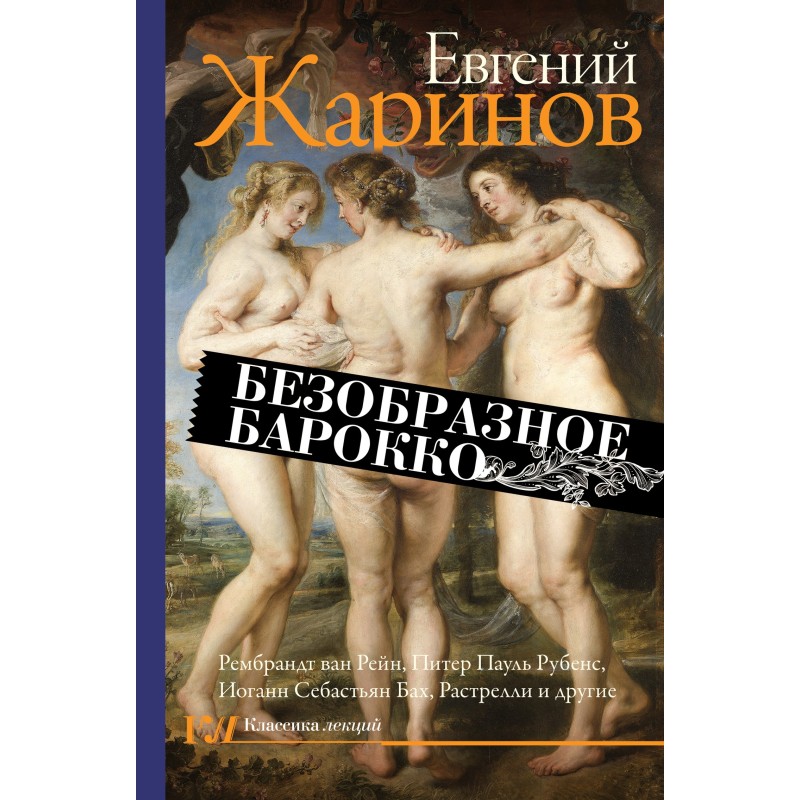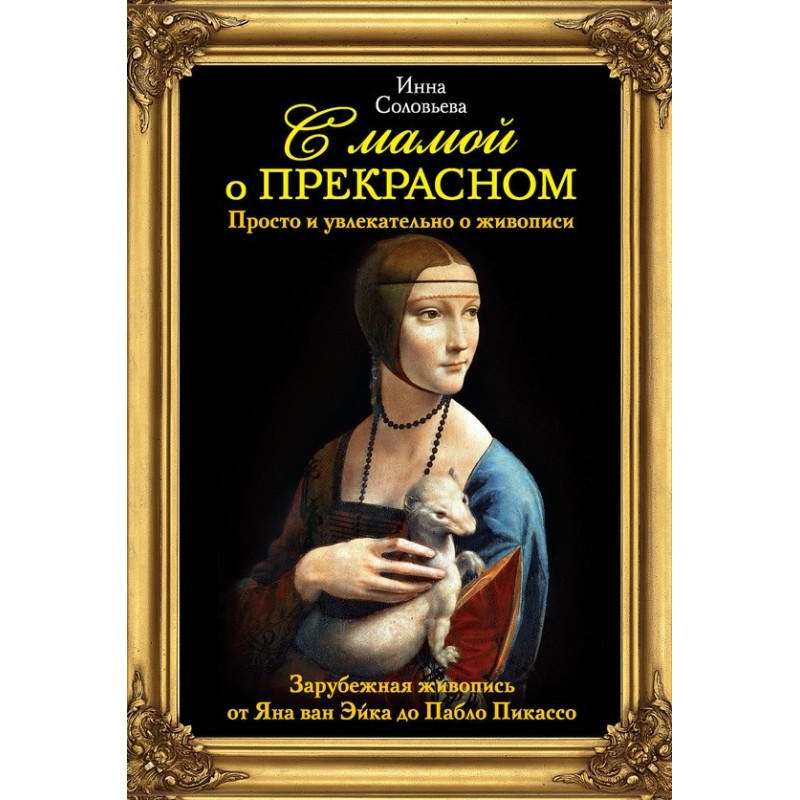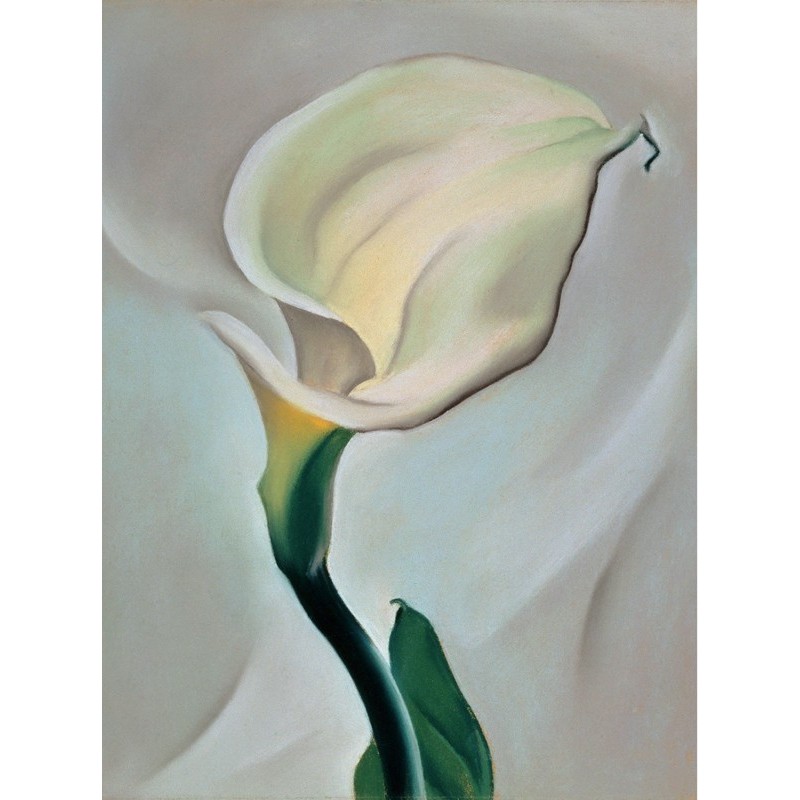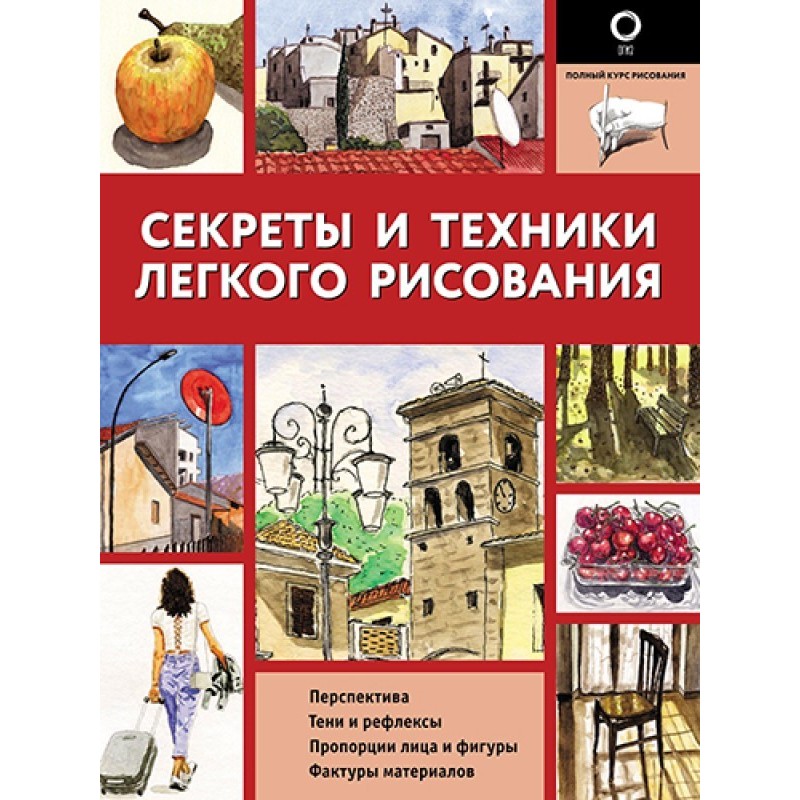Caravaggio
 Instant download
Instant download
after payment (24/7)
 Wide range of formats
Wide range of formats
(for all gadgets)
 Full book
Full book
(including for Apple and Android)
“Great Artists” - a collection about outstanding masters of painting. The book series contains more than 50 illustrations, an “exquisitely written” biography of the artist and the history of the creation of the paintings. The album is dedicated to the work of Caravaggio.
Representative of the Italian Baroque Michelangelo Merisi da Caravaggio (1573-1610) is one of the most significant and talented artists in the history of art. Being the founder of the realistic movement in European painting of the 17th century, Caravaggio introduced into it democracy, a heightened sense of materiality, and emotional tension expressed through contrasts of light and shadow. The artist’s painting arose as a reaction to mannerism: he tried to take a new path, choosing the direction of naturalism (from “natura” - nature, nature), which is distinguished by laconism and simplicity compositions. Traditional religious themes received a new, psychological interpretation: Caravaggio depicts saints not soaring in the heavens with an angelic smile, but standing firmly on the earth, filled with material weight. The emphasized commonality of the types, the affirmation of his own daring ideals put the artist in opposition to contemporary art. Already in his first works ("Little Sick Bacchus", "Boy with Fruit", "Fortune-Telling", "Lute Player"), Caravaggio appears as a bold innovator, challenging a challenge to the aesthetic norms of his era. He makes his hero a man from the street crowd - either in the role of a street merchant, a musician, a simple-minded dandy listening to a crafty gypsy, or in the guise and with the attributes of the ancient god Bacchus. These inherently genre characters, bathed in bright light, brought close to the viewer, depicted with emphasized monumentality and plastic palpability. Not shying away from deliberately naturalistic effects, especially in scenes of violence and cruelty (“Sacrifice of Abraham”, “Judith and Holofernes”), Caravaggio in a number of other paintings of the same period finds a deeper and more poetically significant interpretation of images (“Rest on the Flight into Egypt” and "Penitent Mary Magdalene"). The period of creative maturity opens a cycle of monumental paintings dedicated to St. Matthew. In the first and most significant of them - “The Calling of the Apostle Matthew” - having transferred the action of the gospel legend to a semi-basement room with bare walls and a wooden table, making it participants from the street crowd, Caravaggio at the same time built an emotionally strong dramaturgy of the great events - intrusions of the light of Truth into the very bottom of life. In the altar paintings “The Martyrdom of St. Peter" and "The Conversion of Saul" Caravaggio finds a balance between dramatic pathos and provocative naturalistic details. He even more organically combines the emphatically plebeian appearance of the characters and the depth of dramatic pathos in the mournful and solemn altar paintings “Entombment” and “Assumption of Mary.” In recent works - “The Execution of John the Baptist”, “The Burial of St. Lucia”, “Adoration of the Shepherds” - the vast night space dominates, against the background of which the outlines of buildings and the figures of the characters dimly appear. The art of Caravaggio had a huge influence on the work of not only many Italian, but also leading Western European masters of the 17th century - Rubens, Jordaens, Georges de Latour, Zurbaran, Velazquez, Rembrandt.
Data sheet
- Name of the Author
- Автор Неизвестен -- Искусство
- Language
- Russian
Reviews
Неперевершене дослідження генія Караваджо
Ця книга є справжнім подарунком для всіх шанувальників мистецтва та історії живопису. Вона не лише містить вражаючі ілюстрації, але й детально розкриває біографію Караваджо, його творчий шлях і вплив на європейське мистецтво. Автор майстерно передає суть натуралізму, який Караваджо приніс у живопис, показуючи, як він зумів втілити реальність у своїх картинах, використовуючи контрасти світла і тіні. Читач має можливість зануритися у світ, де священні теми зображуються через призму повсякденності, а персонажі стають близькими і зрозумілими. Книга також підкреслює вплив Караваджо на наступні покоління художників, що робить її не лише історичним, але й освітнім матеріалом. Рекомендую всім, хто хоче глибше зрозуміти мистецтво та його еволюцію!

